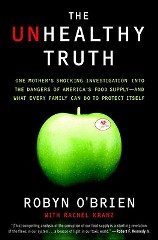
clean eating
The Unhealthy Truth (with giveaway)
Along with some other writers, I was invited to lunch one day in July with a woman named Robyn O’Brien, founder of AllergyKids, for an


Along with some other writers, I was invited to lunch one day in July with a woman named Robyn O’Brien, founder of AllergyKids, for an
In my last post on the subject, I explained what Ayurveda means, what doshas are, and gave you a link to determine what your primary
Earlier this year I interviewed the owner of a salt spa in Boulder for an article published at MileHighMamas.com. When I found out that Dr